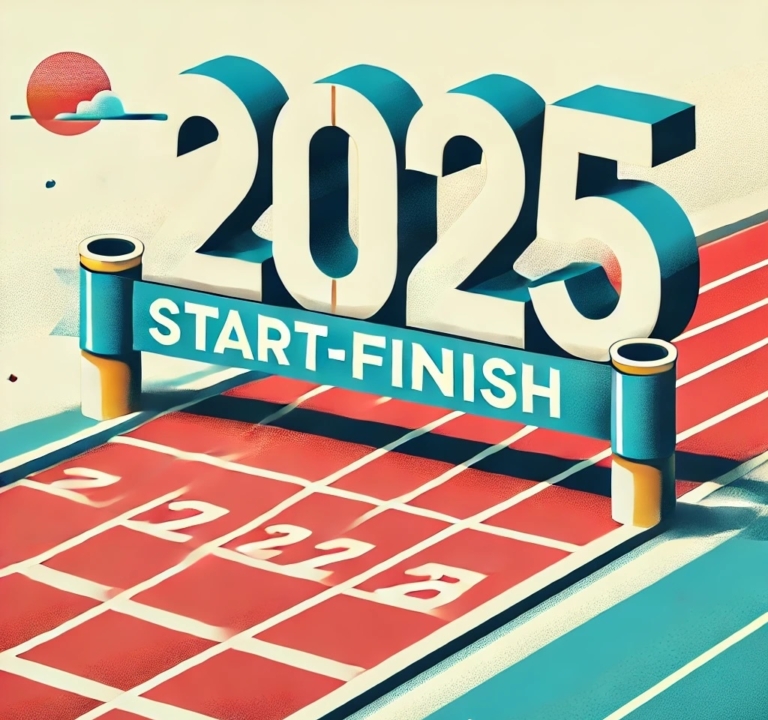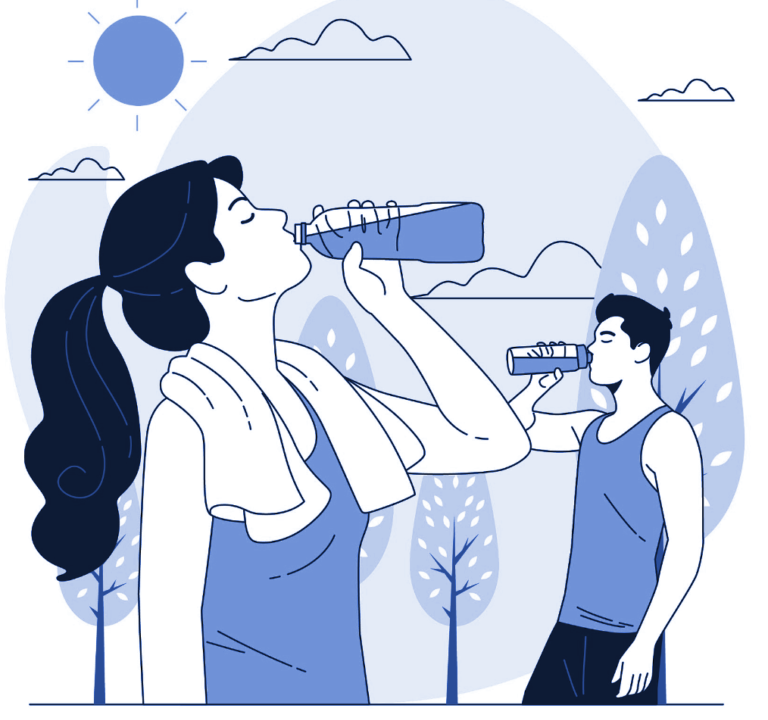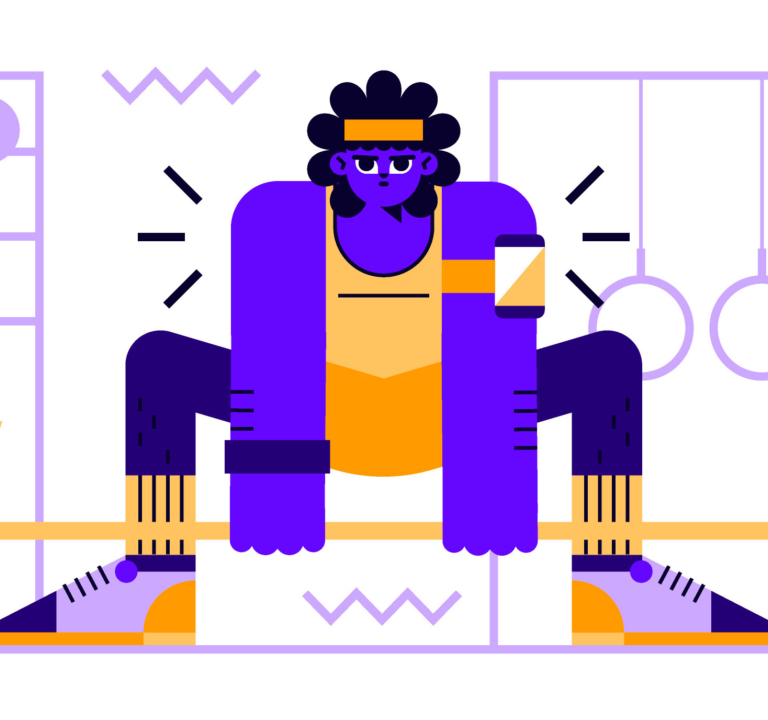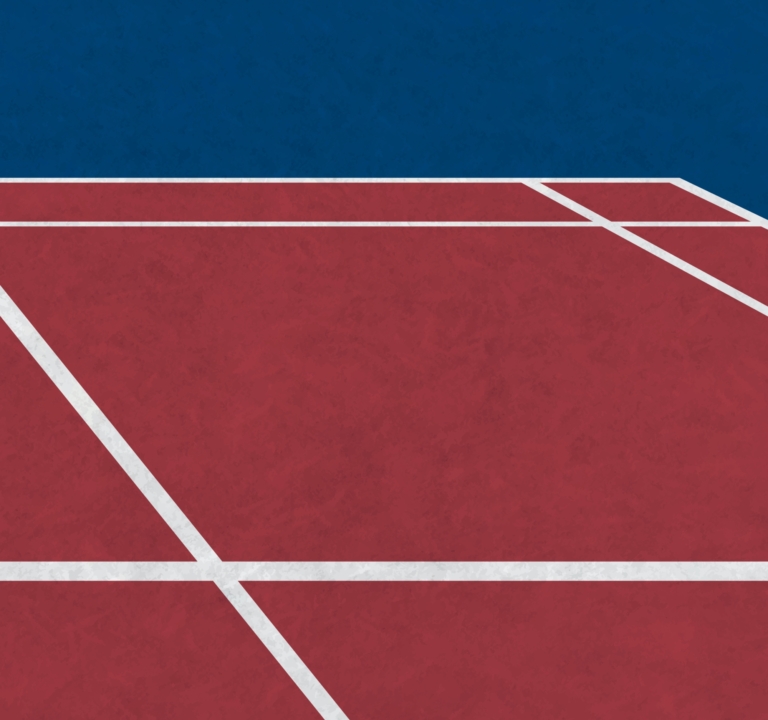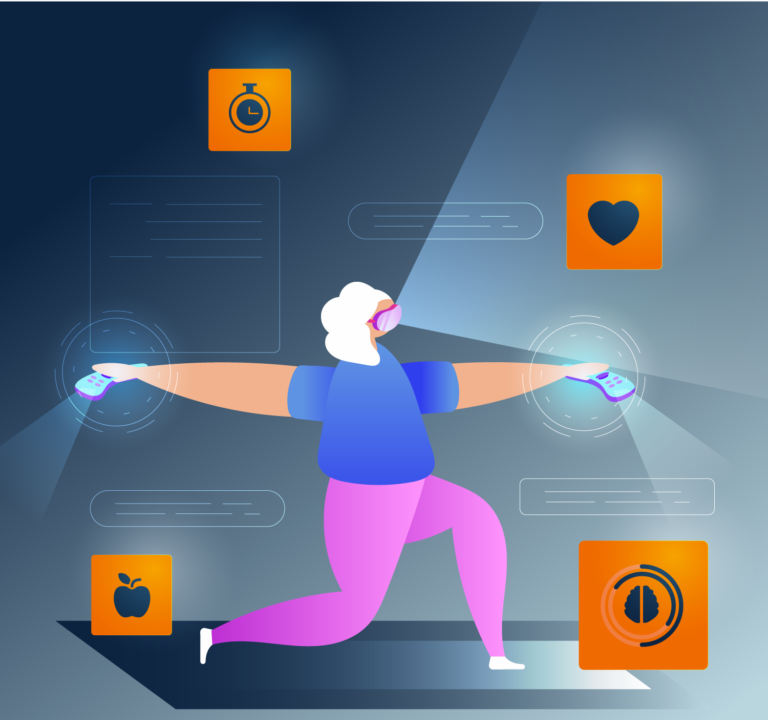POV 16 - The Running Industry Is Hitting Its Personal Record
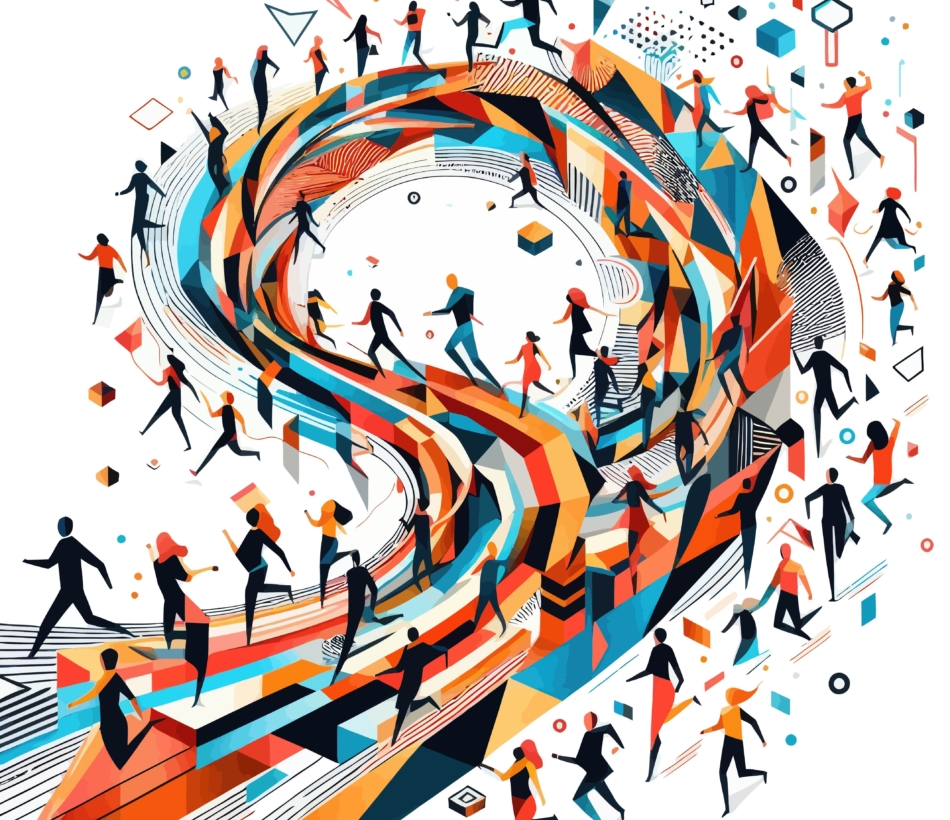
Exciting times for the running industry
Running 3.0 The running industry has certainly entered a new wave. After being propelled into the mainstream during the pandemic as a means to get outdoors, running is now experiencing a wave of new indie brands emphasizing quality, sustainability and community - similar to the 3rd specialty coffee wave.
Return On Community Founded by passionate runners and supported by local running communities, rising running apparel brands borrow the values and aesthetics of the music and skateboarding subcultures for which leisure blurs into lifestyle. The indie brands currently thriving are those that resonate with Gen Zs - who now represent, with runners of African origin, the fastest growing demographics in running. These customers prioritize brand identification, community and value signaling over performance - I buy therefore I am ethos.
In the same line, most indie brands elected not to sign elite ambassadors, but rather prioritize age groupers and running enthusiasts so their fans could more easily identify with them.
Running economy A growing number of brands are now fighting for a share of the $356B USD sportswear and athleisure wear market.
The all new running ecosystem appears to be made of enthusiasts that have a willingness to pay premium to support and be seen sporting unique, distinctive and locally designed pieces.
All access This might seem counterintuitive with the fact that running is among the sports with the lowest barrier at entry; winning in comparison to other endurance sports like triathlon and cycling.
Similar waves of specialty apparels have hit cycling - golf and tennis are next in line - but running has this particularity of drawing crowds of all ages and levels to open events.
Few sports are more accessible than running. Just about any amateur runner can line up in world renowned Marathons and run with the greatest - albeit for a few seconds. It’s now even possible to join the all welcoming Kenyans for a stroll or track workout in one of their altitude running resorts, hinting at all new runcation business.
THE MANY ROADS TO SUCCESS
Cultivating experience over accessibility Unlike mainstream running brands who traditionally reach their customers through as many channels as possible, up-and-coming indie brands opted to engage with fans more organically. These companies thus operate over the web with timely drops, in very few brick & mortar boutiques in select locations and in ephemeral pop-ups at major events.
Thus creating as a result a cult-like following and fostered a sense of FOMO that can only be grasp entirely in the excitement that surrounds sponsored shakeout runs or release of exclusive collections.
Some examples of thriving indie-brands at heart:
Lululemon - pioneers of live customer activation events - recently launched their own running shoe line
The very preppy and New England inspired Tracksmith is expected to launch its own carbon Elliott racer shoe in the lead up to Paris Olympics
NYC-based running club Bandit announcing the closing of a $14M usd Series A
ON running reporting $2B revenue in 2023
HOKA, the high on stack and low on looks shoe company, reporting $1.3B in revenue
Satisfy and Puresport mastering social media and one-off events are dominating the higher-end running scene
Ciele, the once local running hat brand, is now out to shade every runners’ head in a fashionable and distinctive way
Balmoral, Heartbreak, Praise, PYNRS, Saysky, Soar, Rabbit, 247 Represent, Roark, and more
From David to Goliath Recognizing the validity of cultivating experience and exclusivity, some big name brands are picking up the tools of the little guys.
As such, Nike - no stranger to community building, as it reached stardom by initially catering to the street subculture - and New Balance are releasing more select pieces for their hardcore devotees. New Balance even crediting independent specialty-retailers and DTC streams for their reported 23% revenues growth and record $1B sales in 2023. All the while, Adidas audaciously announcing it would make over a third of its sales DTC in 2023.
Survival of the fittest To survive the impending saturation of the specialty running market and to achieve sustainable growth, indie brands will in turn need to borrow some key success drivers from mainstream brands.
Among these, maintaining premium customer experience in original flagship boutiques while letting some exclusivity go to wider specialty retailers distribution could be one possibility. Navigating brand ambassadors wisely could be another - see ON running Cinderella story with Federer.
TECH GOING THE EXTRA MILE
Wearable tech is another area that could benefit from the running industry’s boom - provided they do not step on running’s core accessibility and self-expression values.
A tough balancing act Performance optimization is no longer the order of the day as evidenced by Nike’s everybody is an athlete, ASICS’ sound mind, sound body and New Balance’s Run your way ad campaigns. Still, some technologies survived the third wave tide and can still be spotted in a majority of local group run participants, such as GPS trackers and carbon-plated & super responsive shoes.
At LangLeven, although we do not invest in garment, we recognize running's changing landscape.
In doing so, we seek to support the sports and wellness techs that will bring the most valuable data & insights without crossing the line of over-tracking, and risk compromising runners' relationship with the sport’s essence.
Segments that deserve attention :
Specialized AI running coaches;
Body temperature, hydration, lactate and muscle oxygen sensors;
Running load pods & smart soles; and
Breathing rate monitors.
In the end, no clothing or tech can replace runner's high - at least not yet - but if it can help one turn that door handle, enjoy the roads and elevate their level of wellbeing, then it certainly has value.
See you on the road



